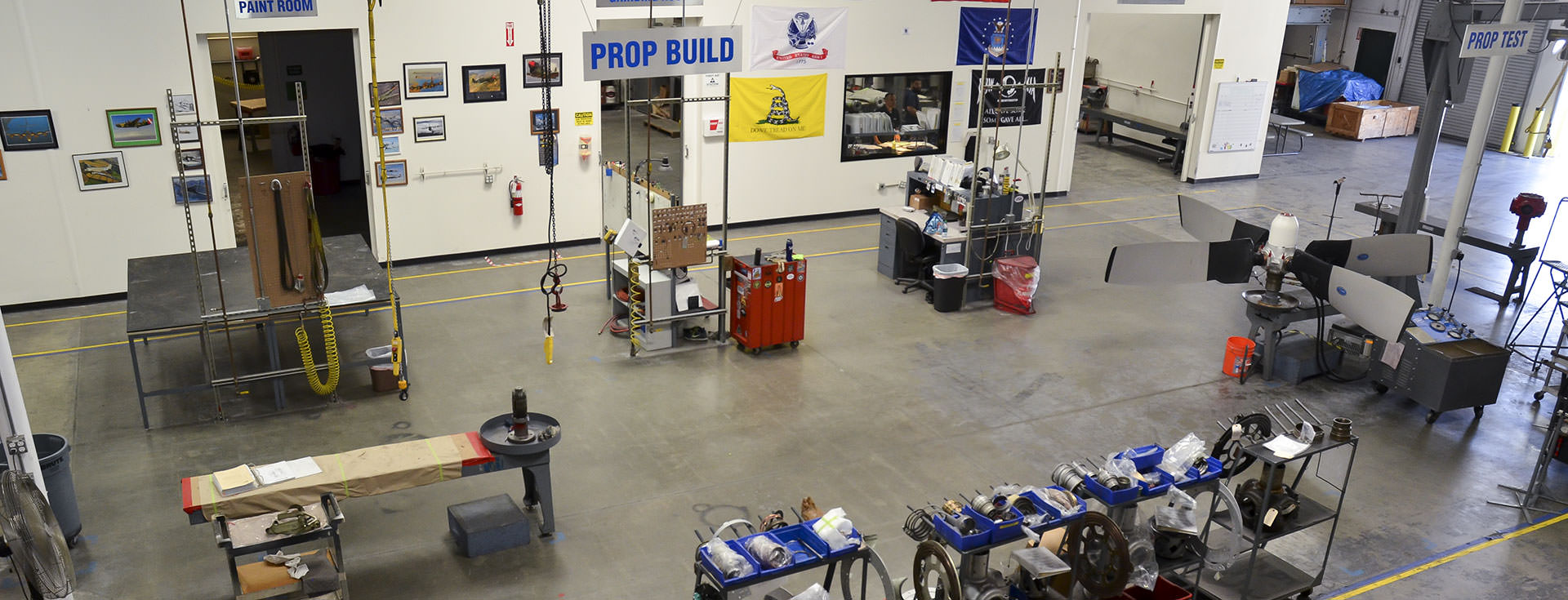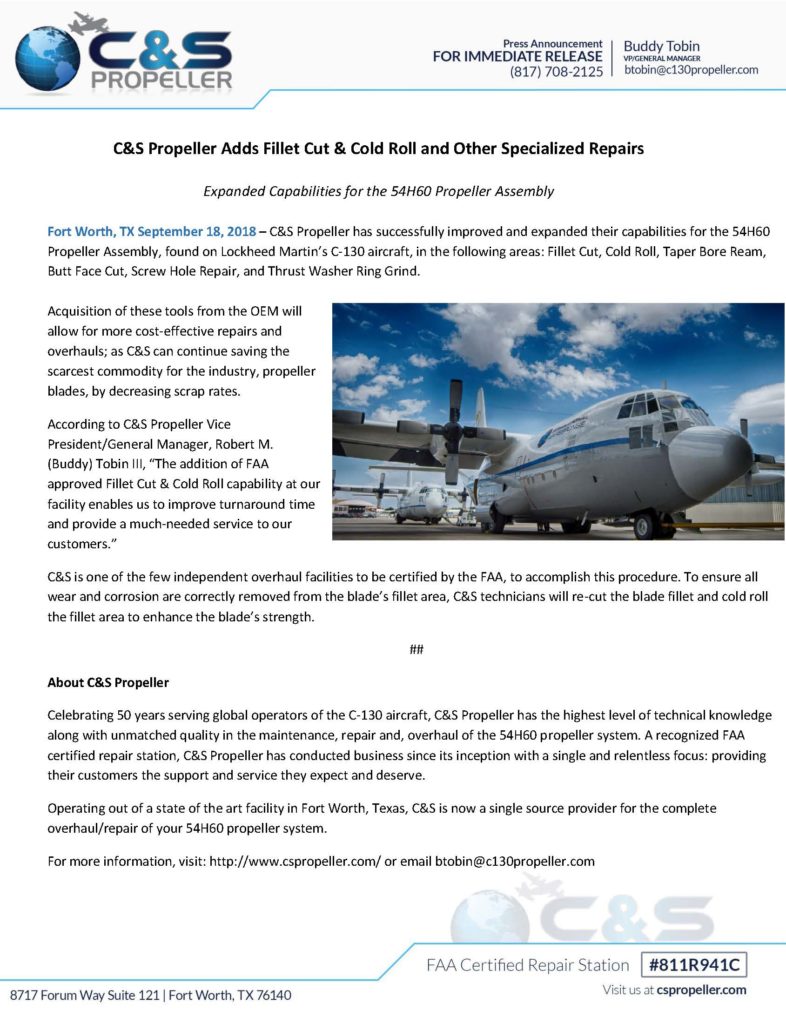March 3, 2022
Bellevue, Washington – C&S Propeller and PPI, members of the Precision Aerospace Products (PAP) group of companies, are meeting the challenges of its expansive growth by partnering with IAC in Fort Worth, Texas, merging IAC’s and PAP’s deep core of innovative and advanced engineering teams.
In October 2021, IAC and PAP signed a Strategic Teaming Agreement focused on expanding PAP’s core business in propeller blade overhauls and repairs. The association with IAC has opened the door to meet PPI’s strategic growth initiatives and now includes cutting-edge rotor aircraft blade repairs and engineering support. PAP has capitalized on the opportunity to build upon its core knowledge with over 100 years of cumulative engineering experience by expanding into a similar market. The PAP/IAC strategic partnership opens the doors to a new line of blade repairs and brings together two of the industry’s most renowned engineering groups. Both companies have an extensive history in propeller and rotor blade repairs.
Jeff Heikke, CEO of PPI and the Precision Aerospace group of companies, stated: “PPI is already recognized as a cutting edge engineering powerhouse, having been the first to engineer a solution for the new and complex requirements under T.O. 3H1-18-3 Rev 0. PPI continues to focus on being the first to engineer solutions and new approaches to extending the life of C-130 and P3 propeller systems. At our core, in our DNA, and as our corporate mission, we are about “Knowledge, Relationships and Solutions.” We are proud to announce IAC’s integration into our engineering team, underscoring our long-term objectives and mission.”
IAC is recognized as a disruptive growth leader in the rotor blade market, paying dividends. “We are at the center of leading-edge technology in the rotor blade market with unparalleled solutions in our industry.” Said Randy Steven, CEO of IAC. “We are poised and eager to assist and continue our reputation as a market disruptor by applying new solutions and innovations in the propeller and rotor blade industry.”
“The partnering of PAP and IAC is just the beginning. PAP will continue to lead in engineering innovations well into the future.” George Canovas, Corporate CCO and Executive Vice President of PPI-Technical Services.
With the addition of IAC’s engineering group, the transformation of the PAP Group of Companies has hit another milestone – conceived and executed in a deliberate and precise manner. This is just the beginning. Stay tuned, there is more to come.
Visit C&S Propeller and International Aviation Composites Ltd. for more information about the Precision Aerospace Products group.


















